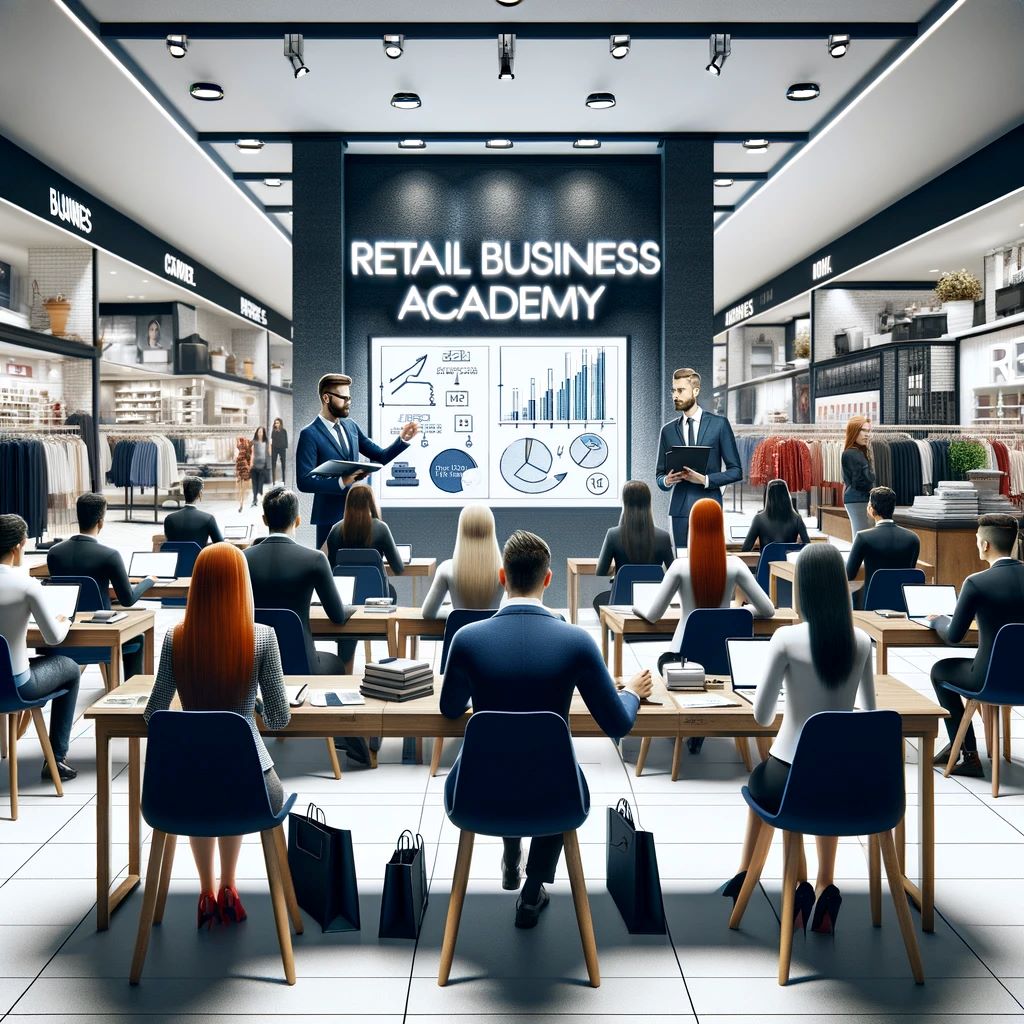
The functioning of our world is intricately linked to the workings of the human mind. Every action and reaction we witness is a result of what goes on within our minds.
Our physical actions are simply the outward expression of our internal thoughts.
Even when our actions appear to contradict our thoughts, they are driven by subconscious compulsions that originate from the depths of our psyche.
This holds true not just for individuals, but also for customers, consumers, and clients.
The decisions they make are influenced by various psychological triggers, which can be shaped by numerous factors.
While there are numerous elements that can impact an individual’s psyche, we will focus on the ten most significant psychological triggers that have the power to transform potential leads into loyal customers.
-
Pleasure
The pursuit of pleasure is a fundamental aspect of human nature, as individuals naturally gravitate towards enjoyable experiences while avoiding pain.
This innate desire for pleasure significantly influences purchasing decisions, making it essential for marketers and salespeople to present their products or services in a way that invokes a sense of pleasure in potential customers.
Whether it is a simple foot massager or an upgraded data plan, the key lies in allowing the prospect to envision the pleasure they will derive from the offering.
While affordability plays a crucial role, the assurance of pleasure serves as a compelling factor that captures the interest of potential buyers.
Conversely, products or services that fail to provide substantial pleasure to their intended audience often struggle to find success in the market.
It is important to note that pleasure is subjective and can take various forms, differing from person to person.
Therefore, it is crucial to define what pleasure means in relation to the specific product and target audience, and then tailor marketing strategies accordingly.
Moreover, it is not limited to physical, emotional, or psychological pleasure alone, as both materialistic goods and intangible services can offer different dimensions of pleasure.
Skilled marketers possess the ability to skillfully package their offerings and effectively communicate the associated pleasures to the audience.
-
New & Original
People have an inherent desire for new and unique things.
Whether it’s clothing, shoes, cars, houses, phones, laptops, speakers, or even wine glasses, the allure of something new is undeniable.
The appeal is even stronger when the product is original and not just another generic item found in stores.
This pursuit of novelty and originality can be attributed to our fascination with new things.
Research has shown that the mere exposure or anticipation of new items triggers the release of dopamine in the brain, making it a neurological driving force.
To illustrate this point, let’s consider two examples. Smartphone and automobile manufacturers constantly release new versions of their existing models.
However, apart from rare cases, these subsequent variants often lack significant changes or improvements.
Whether it’s an iPhone or a Galaxy, a Volkswagen or a Toyota, these companies often repackage their existing models with minor tweaks and upgrades, presenting them as new products.
The introduction of these new and original products generates excitement and satisfies the desires of many consumers.
Without this constant stream of new releases, people might perceive a phone as outdated after just two years or a car as old after eleven months.
They would then seek out other phones and cars that have been launched within weeks or months leading up to their purchase.
In essence, people have a preference for the future rather than dwelling in the past.
They crave the latest innovations and want to be part of the ever-evolving world of new possibilities.
-
The Quintessential Reason
Every product in existence has multiple features and at least one benefit, otherwise it would not be worth existing.
While features and benefits may attract attention and spark interest, they alone are insufficient to drive sales.
You can discuss the benefits and features extensively, yet still struggle to convert a potential customer into an actual buyer.
The truth is simple: the potential customer is eagerly awaiting the essential reason.
Numerous marketers and salespeople have been led to believe that people require multiple reasons to make a purchase. However, this belief is completely false.
Most individuals are not even aware of all the features of the products they have purchased.
The average consumer lacks the knowledge and enthusiasm for such details. They have many other things on their mind.
All they need is one compelling reason.
Take organic food or green tea, for instance.
Does the average consumer possess a comprehensive understanding of the differences between organic and inorganic food?
Do they truly comprehend the distinction between green tea and the traditional tea that has been consumed for countless years?
Even those who consume tea every day may not be aware of the disparities between regular tea, green tea, black tea, and yellow tea.
People are drawn to organic food or green tea due to one convincing reason, and this alone has been sufficient to promote these products worldwide.
-
The Story
The story of a company does not captivate consumers. They have no interest in the details of how a product came to be, especially if it has not yet become popular.
Instead, consumers crave a story that evokes their emotions. This is the story that marketers and advertisers must create.
In the past, when television was not as widespread and technology was less advanced, Volkswagen released an advertisement that left a lasting impact.
It featured a simple image of identical houses in a beautiful suburban neighborhood, each with a Volkswagen station wagon parked outside.
However, it was the accompanying lines that truly told a compelling story and sparked an intellectual response.
Unsurprisingly, Volkswagen received an incredible response.
We are all familiar with the commercials from the past few decades, as well as the stories they tell during major events like the Super Bowl.
The objective remains clear: to elicit an emotional response and forge an immediate connection with the audience.
-
Simplicity
Consumers have a fondness for sophisticated and complex craftsmanship, intricate mechanisms, and impressive technology.
However, they prefer not to have to deal with these complexities themselves.
Instead, they desire products that incorporate these elements but are still simple enough for them to use without hassle.
For example, many people use remote transponder keys without having any interest in understanding how push button ignition works or what the transponder chip actually does.
If a product appears complicated or difficult to use, it will not persuade a potential customer to make a purchase.
On the other hand, a product that is easy to use and provides significant utility will always influence a potential customer to at least consider buying it.
Some products naturally have complexities that may overwhelm consumers.
In such cases, it becomes the responsibility of marketers or advertisers to simplify either the product itself or the messaging around it.
Ultimately, the use of a product or service, the enjoyment of its promised benefits, and the fulfillment of its features should be straightforward for the customer.
If a customer has to exert effort to understand a product or service, or if they anticipate it to be tiresome or labor-intensive, the entire marketing campaign is bound to fail.
-
Brand & Popularity
Fandom, popularity, and brand value hold significant psychological influence, yet it is crucial to prioritize the mastery of other factors before achieving a devoted following.
The popularity of a brand establishes trust and credibility among consumers.
Fandom, on the other hand, fosters a sense of unity, allowing individuals to feel connected to a larger community.
This unifying effect can be observed in various religions, where followers come together under a common cause.
Cultivating a loyal and committed following is essential for sustained success in any company.
A prime example of this is the worldwide phenomenon of people eagerly queuing up to acquire the latest iPhone.
Beyond the allure of novelty and pleasure, it is the sense of belonging to a larger group of iPhone users and the enthusiastic fandom that motivates individuals to invest their efforts and money.
-
Enticement & Intrigue
Human beings are naturally drawn to familiarity and the experiences they are familiar with.
We take pleasure in consuming our favorite foods, creating dishes we have mastered, supporting our preferred sports teams, and seeking the security of our friendships and jobs.
This desire for predictability, certainty, and stability is an inherent part of who we are.
However, there is also a part of our minds that craves excitement, the allure of the unknown, and the thrill of being enticed or intrigued.
Companies can easily tap into this curious aspect of our minds to generate interest in their products or services.
It is not merely about offering something new or original, but about providing that sense of longing for something different.
Even in the midst of our mundane and predictable lives, we yearn for the opportunity to try something new or have a unique experience.
Any product or service that successfully incorporates this element of intrigue or enticement will effortlessly convert potential customers into loyal ones.
-
FOMO
The concept of “Fear of Loss” or “Fear of Missing Out” has been widely used in psychology, although it has become diluted in recent years due to its excessive and sometimes manipulative use by companies.
While fear of loss has proven to be a powerful motivator, it is only effective when used sparingly.
Many companies inundate their potential customers with repetitive emails, constantly emphasizing limited-time offers.
However, if the customer realizes that these offers will be repeated frequently, the fear of loss loses its impact.
To effectively utilize the fear of loss, companies must strategically time, place, and deliver their campaigns in a way that genuinely instills a sense of urgency in the customer.
It is crucial to substantiate the fear of missing out with substantial evidence.
Companies should provide proof that the product or service has already been embraced by many others, similar to the customers being targeted.
However, it is important to note that fear of missing out cannot be applied indiscriminately.
For instance, a newly launched product or service cannot effectively employ this tactic since potential customers are unaware of what they would be missing out on.
Unless the offering is a follow-up to an existing product or service, where the benefits are already known, fear of missing out may not be applicable.
In conclusion, while fear of loss and fear of missing out can be powerful psychological triggers, companies must exercise caution in their use.
By employing these tactics thoughtfully and with proper substantiation, they can convert potential leads into loyal customers.
-
Proof
Verifiable evidence holds significant influence in persuading potential customers to believe in the claims being made about a product or service.
Whether it’s through visually witnessing the product in action, receiving endorsements from satisfied customers, referring to independent studies or reviews, or any other form of proof that can be verified, the presence of such evidence fosters the trust necessary for a potential customer to make a final decision.
Without any doubt about the product’s functionality, usefulness, durability, or reasonableness, a potential customer may hesitate to commit.
Verifiable proof can take various forms, such as a substantial social media following or widespread sales endorsements, which serve as clear indicators of credibility.
10. Hype and/or Controversy
The press and media hold significant psychological influence, capturing people’s attention when they bring attention to something.
The presence of excitement or excessive promotion surrounding a launch, product, service, or company compels individuals to investigate further.
Even when controversy arises, it contributes to the publicity of the product or service.
While it is not entirely accurate to say that all publicity is good, it is undeniably true that hype, fuss, and media attention serve as psychological triggers.
Unlock Your Potential in Retail Management.
Enroll in our Retail Business Academy Today
Transform Your Career & Business!
















